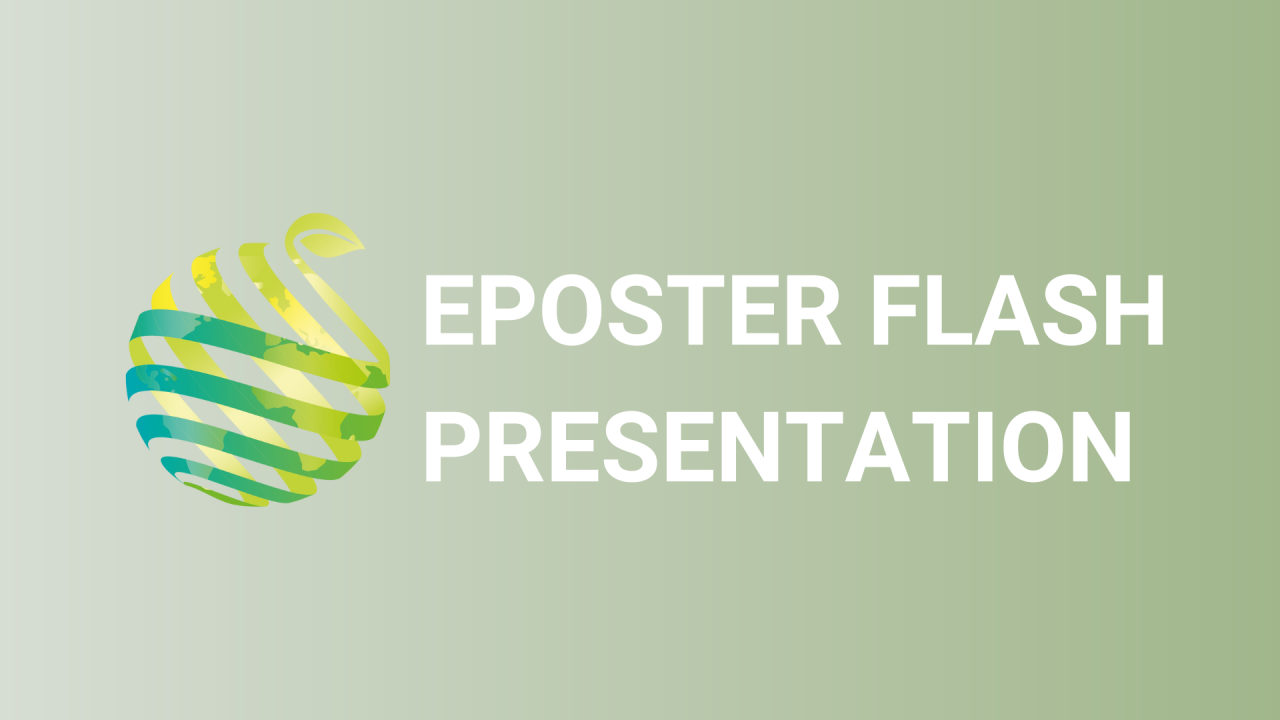

S08 - Session P7 - Prediction of Catharanthus roseus stress by hyperspectral reflectance and photosynthesis under di- and polychromatic light spectra with extended UV-A
Information
Authors: Marisa Sofia Coelho Lourenco *, Cátia Rodrigues de Almeida, Ana Claudia Teodoro, Susana M. P. Carvalho
Catharanthus roseus are medicinal plants with great added value to pharmaceutical industries since they can produce anti-cancer compounds through its secondary metabolism. This secondary pathway is activated when plants are sensing stress. Early detection of this stress could be a temporal marker for C. roseus high alkaloid accumulation on its leaves. Hyperspectral imaging is a powerful remote sensing tool that has been widely used in different science domains, namely in plant science field. This research aimed to investigate C. roseus ( Sunstorm Apricot (S-APR), Cora XDR Polka Dot (C-XDR-POLK) and Cora Red (C-RED)) Normalized difference vegetation index (NDVI), Structure insensitive pigment index (SIPI) and Green Index (GI) are responses and correlation with photosynthetic rate (umolCO 2 /m -2 s -1 ) in four different light treatments: (a)Dichromatic: (1) RB: Red (660nm) + Blue (450nm) in a ratio 2:1, with a total photosynthetic photon flux density of 150umol/m 2 s for 16h; (2) RB+UV: RB with additional 2h UV-A (365nm, 10mW/m 2 ); and (b)Polychromatic:(3) WHT: White LED, with a total photosynthetic photon flux density of 150umol/m 2 s for 16h; and (4) WHT+UV: WHT with additional 2h UV-A (365nm, 10mW/m 2 ). Plants were grown for 28 days in climate chambers with 24.5ºC and with 80% relative humidity. Polychromatic light spectra (WHT) originated plants with 29% less photosynthetic rate (umolCO 2 /m -2 s -1 ) and 53% less stomatal conductance (umolH 2 O/m -2 s -1 ) comparing with the dichromatic light treatment (RB). From the radio-spectrometry analysis it was concluded that S-APR plants under WHT+NUV spectrum had a 13% lower RDVI comparing with the same spectrum but without UV-A. Moreover, there was calculated to be a 96% and 98% probable correlation between NDVI and Photosynthesis for C-RED under RB and RB+UV treatments, respectively. There is an increase in NDVI when plant photosynthesis is higher. Comparison between RB and RB+UV shows that NDVI can be higher under RB with lower photosynthetic rates whereas photosynthesis has to increase to acheive the same NDVI values when added UV-A is applied. Further analysis needs to be conducted in these plant samples to assess the alkaloid production on the plant and confirm the levels of stress visible in this hyperspectral analysis.